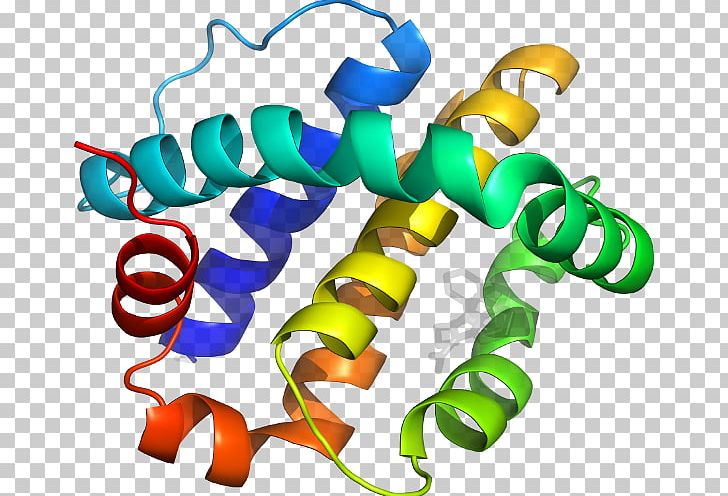

At CASP14 (2020), we presented our latest version of AlphaFold, which has now reached a level of accuracy considered to solve the protein structure prediction problem.

Groups must submit their best predictions to see how close they are to the subsequently revealed structures.Īmong the teams that participated in CASP13 (2018), AlphaFold placed first in the protein structure prediction challenge. Teams are given a selection of amino acid sequences for proteins which have had their exact 3D shape mapped but have not yet been released into the public domain. The community also organises a biennial challenge for research groups to test the accuracy of their predictions against real experimental data. In 1994, scientists interested in protein folding formed CASP (Critical Assessment of protein Structure Prediction).ĬASP is a community forum that allows researchers to share progress on the protein-folding problem. Each one has a unique 3D shape that determines how it works and what it does.īut figuring out the exact structure of a protein remains an expensive and often time-consuming process – and until now – scientists have only been able to study the exact 3D structure of a tiny fraction of the proteins known to science.įinding ways to close this rapidly expanding gap and predict the structure of millions of unknown proteins can not only help us tackle disease, and more quickly find new medicines, but perhaps, also unlock the mysteries of how life itself works. They’re the building blocks of life.Ĭurrently, there are over 200 million known proteins, with many more found every year. They underpin not just the biological processes in your body but every biological process in every living thing. These exquisite, intricate machines are proteins. They’re what allow your eyes to detect light, your neurons to fire, and the ‘instructions’ in your DNA to be read, which make you the unique person you are. Inside every cell in your body, billions of tiny molecular machines are hard at work.


 0 kommentar(er)
0 kommentar(er)
